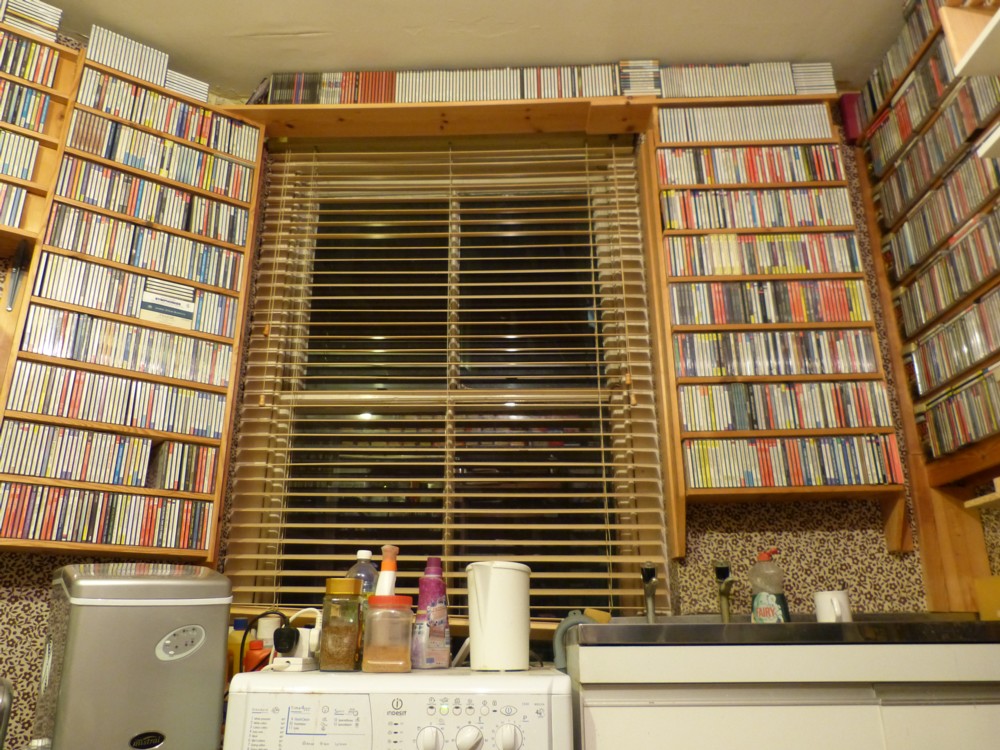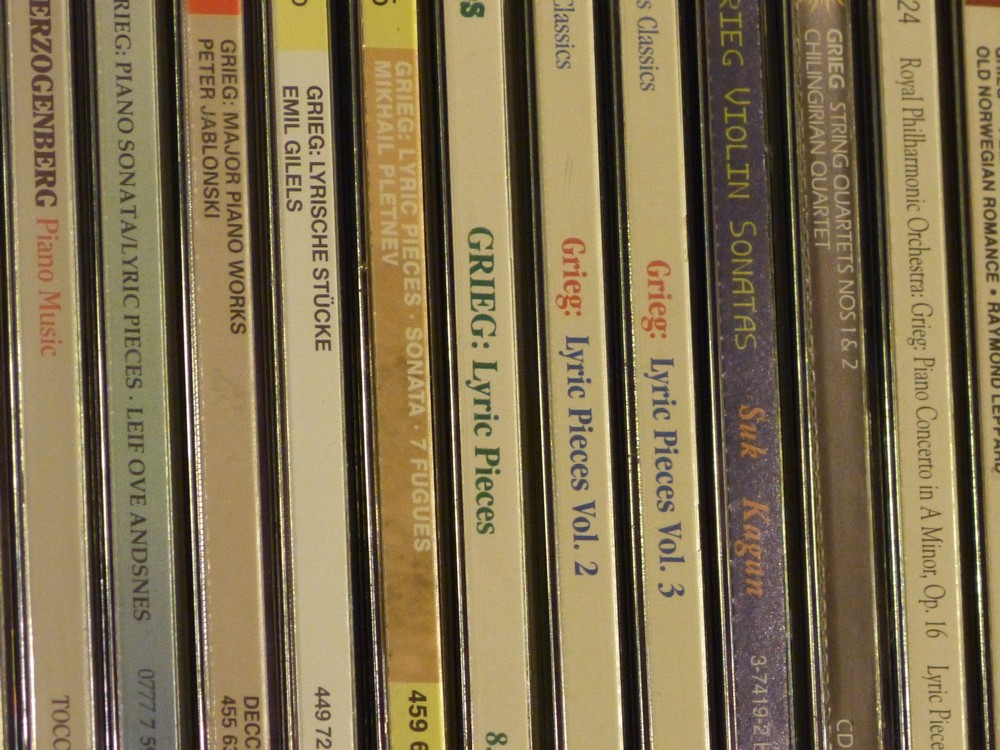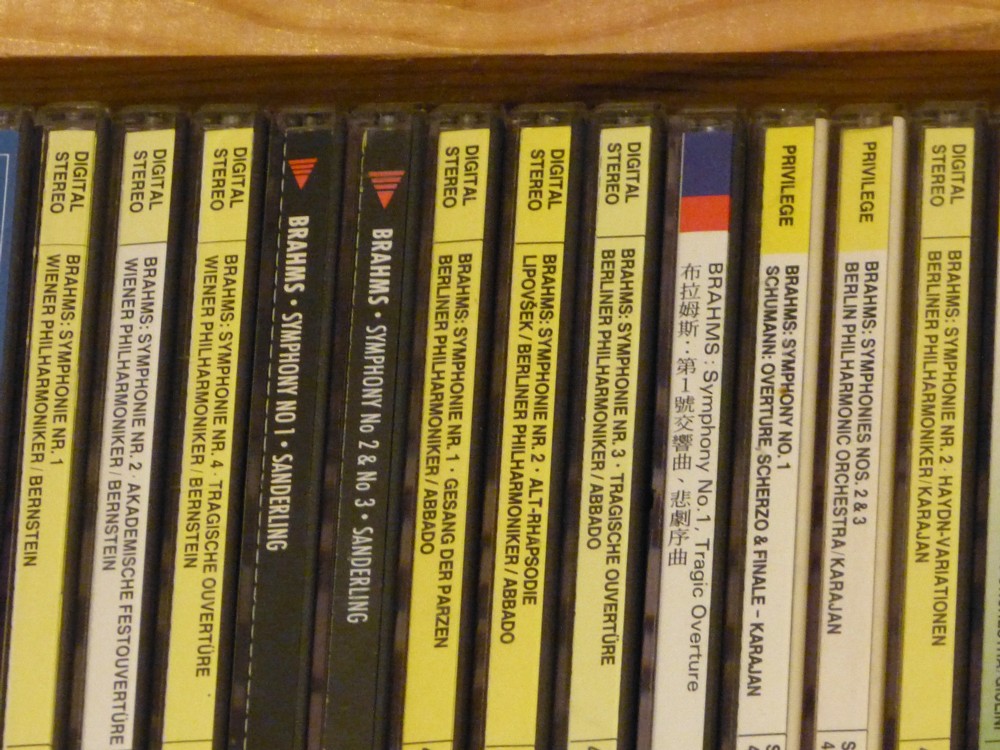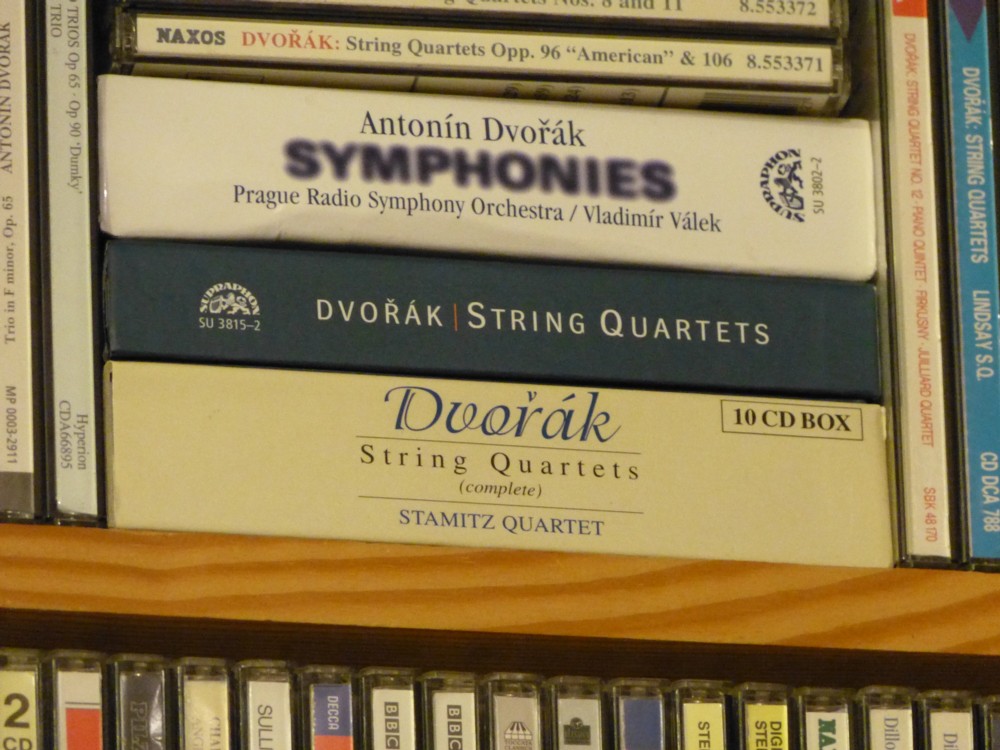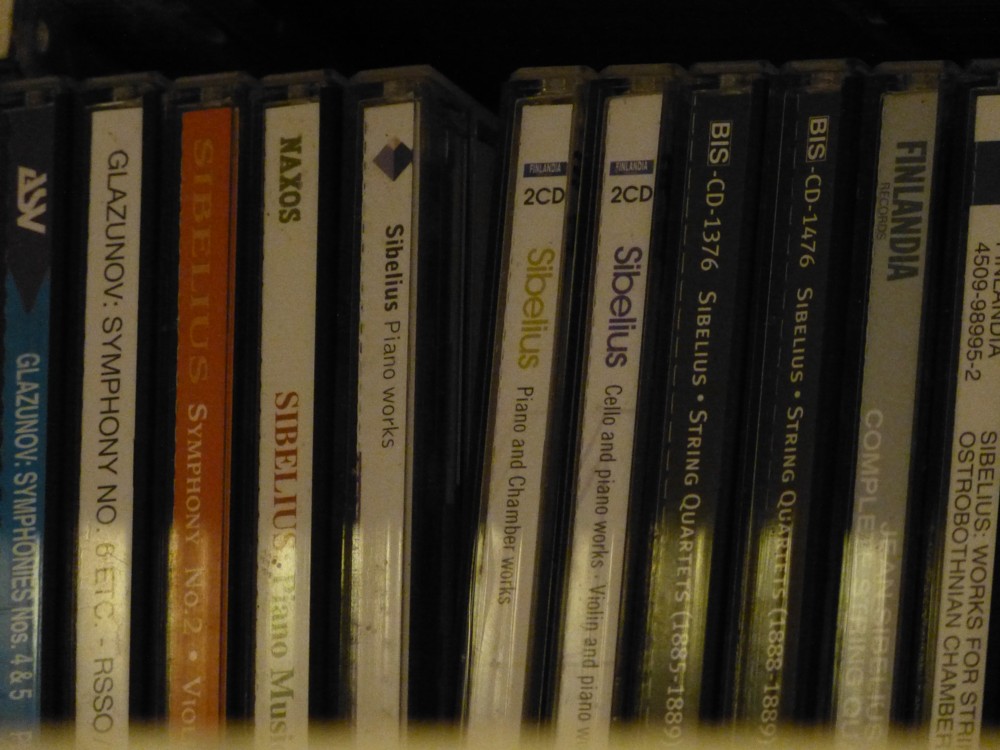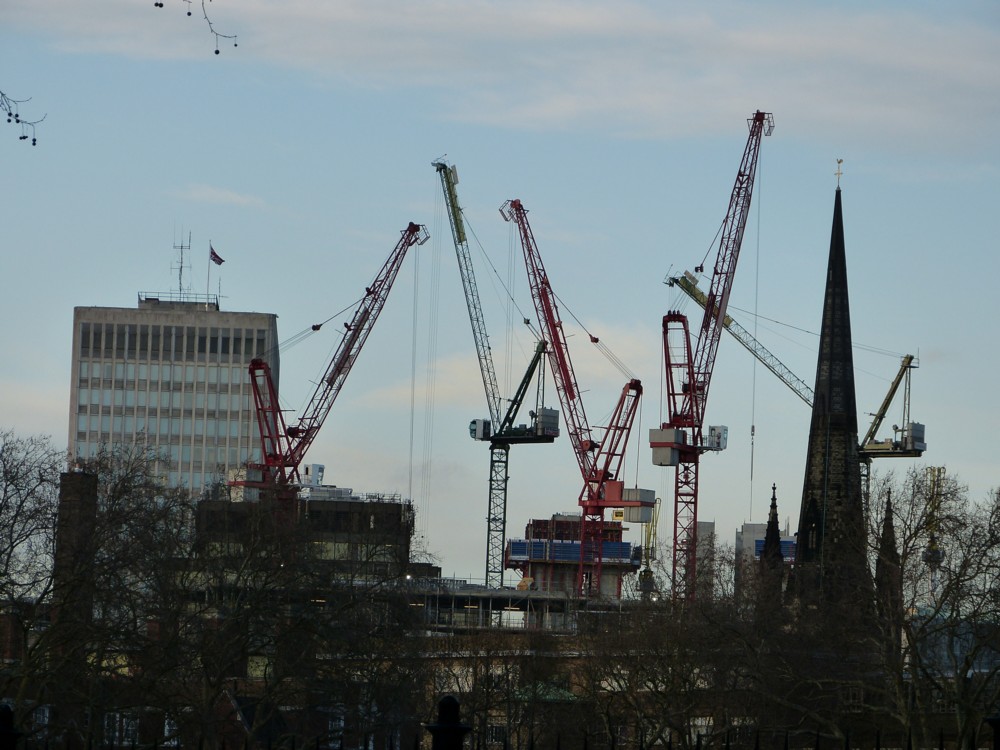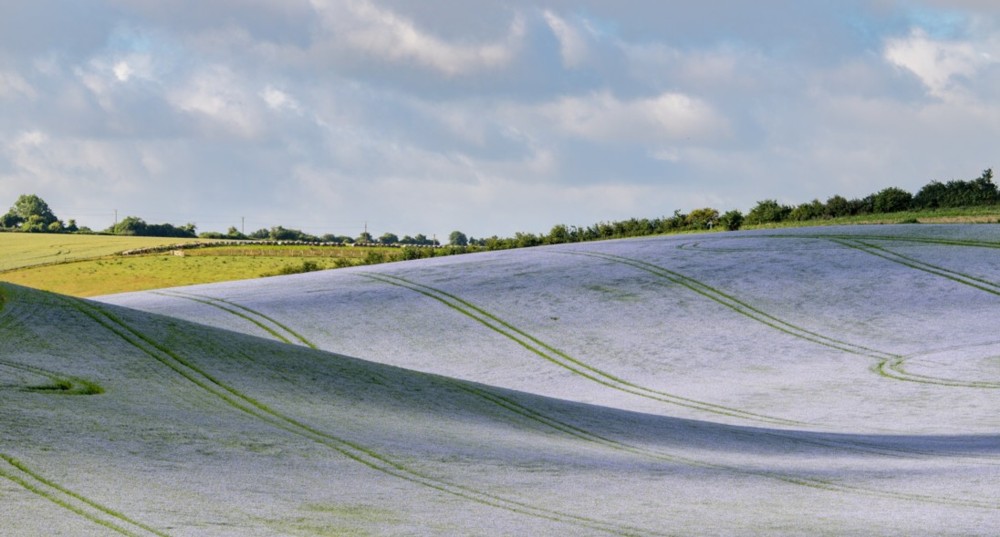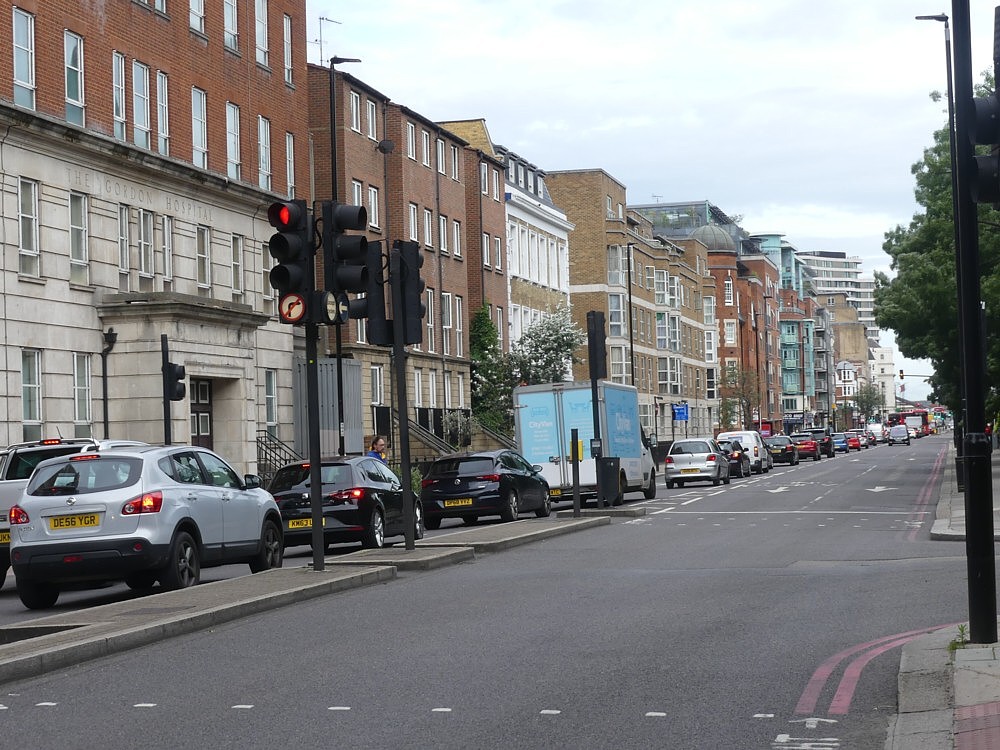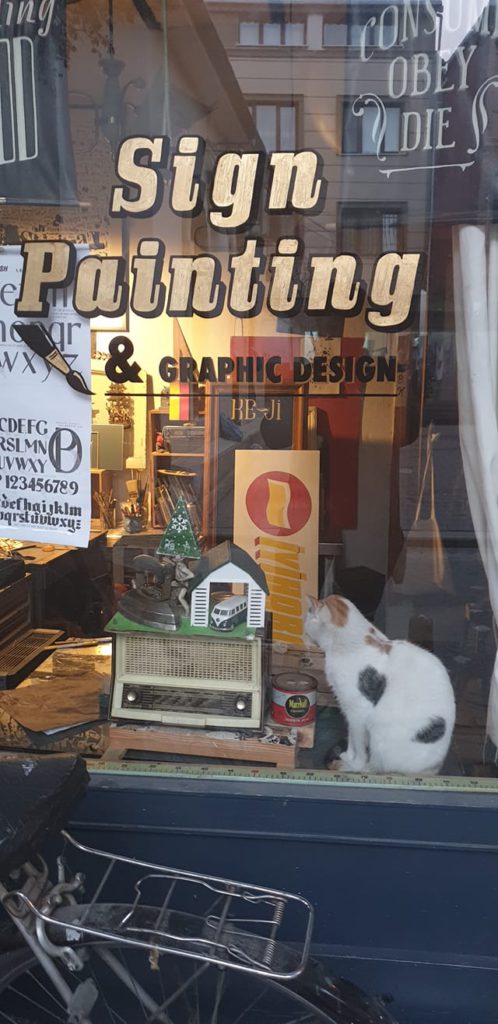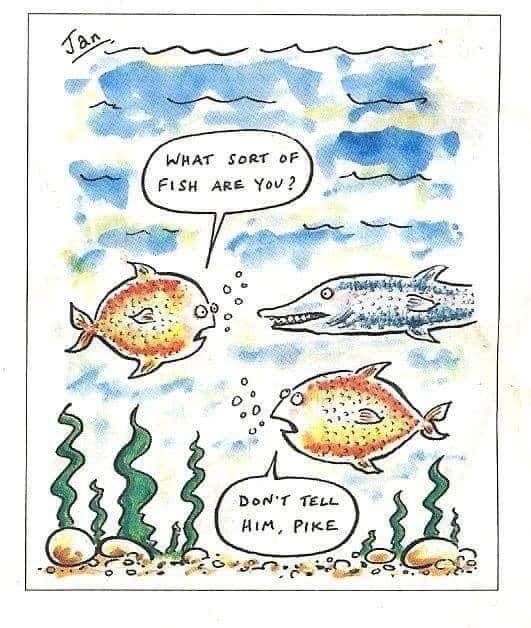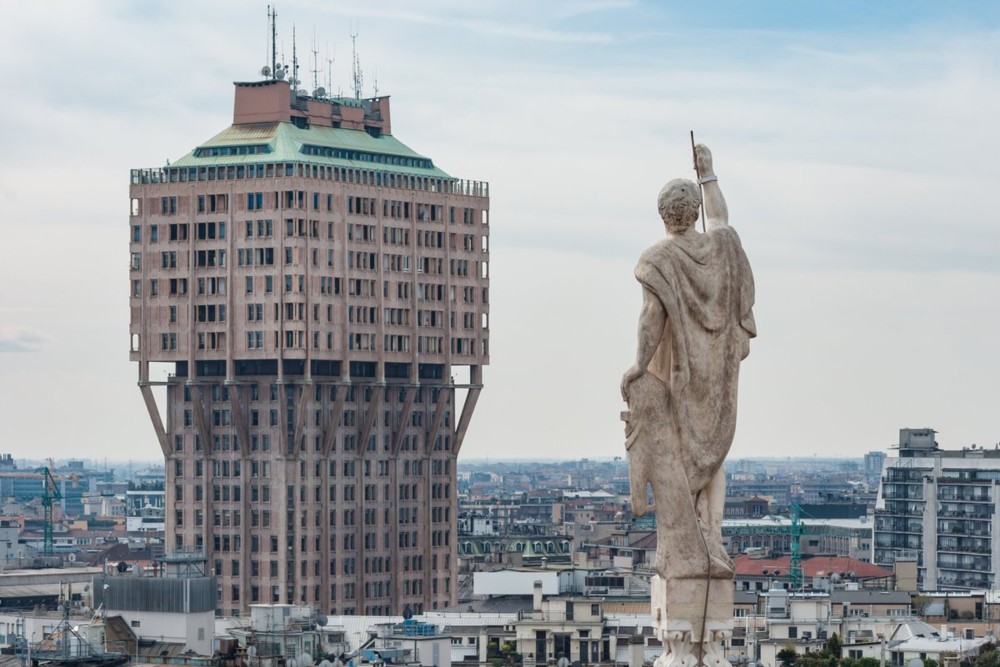I can still remember the Great Leap Forward that the Panasonic Lumix FZ150 “bridge” camera was. For me if not for all of photoer-kind. For me, the best “bridge camera” I could have was my perfect camera. Tons of zoom, but no faffing about with different lenses to at once capture whatever scene presented itself to me, near or far.
I went rootling through the photo-archives looking for some early photos I photoed with this wondrous new contrivance, looking at the first photo-expeditions I embarked upon, along the River, to the Victoria Docks, or just to Westminster Abbey and Bridge, to photo my fellow photoers, to pick out some photos that brought back the shock of pleasurable surprise I had when I first got my hands on it.
But then I realised I was looking in the wrong place. What I needed to see were not merely some “early” photos, photoed days or even weeks after I got this super-camera. What I wanted to see were the absolute first photos I took with this camera, on January 26th 2012.
And the very first one of all was this:
That scene, of my kitchen window and surroundings as seen from my swivel chair around which most of my life revolves, if you get my meaning. (It’s the chair that does the actual revolving.) I am happy to report that the big grey Thing, bottom left, which was for making ice, has been replaced by a slightly bigger black box, which also makes ice, and also looks after food of many other sorts, including in particular ice cream. Otherwise, nothing has changed.
On each side of the window are CD shelves, and the next few photos I photoed were all close-ups of CDs, edge on:
That was when it hit me, and I believe I can still remember this glorious moment. This was the camera I had been waiting for, all my life. The key point was not just that these were successful photos of distant details. I can tell from the numbering of these photos in the archive that there were no failures. None. All of my first dozen or so photos with this new camera came out fine, even the one of my pop music department, which was where it still is, way off to the left and way up near the ceiling.
Only the following day did I photo anything beyond my front door.
The first outdoor photo I photoed with my new FZ150 was this, dated January 27th, i.e. the following day, just before it got dark:
That’s looking across Vincent Square at the building activity in and around Victoria Street, which has been pretty much continuous, one place or another, for the last decade. Mmmmmm, cranes.
Since then, I have upgraded to the Panasonic Lumix FZ200 and then to the FZ330. But they are both really just the FZ150 with frills added. If my current camera, the FZ330 were to be snatched away from me, and I was given another FZ150 and told that this would be my last camera, I’d not be that bothered. Were I told that I would have to go back to the crappy camera I had before the FZ150, that would be a disaster. Soon after acquiring this FZ150, I wrote about it at some length for Samizdata. This confirms what, up until re-reading that, I had merely remembered. The FZ150 really was a huge step forward.
Hurrah for capitalism. It really is ridiculous that the world’s schools are now cranking out a whole new generation of nitwits, an appallingly significant proportion of whom seem genuinely to want to put a stop to this glorious process.

